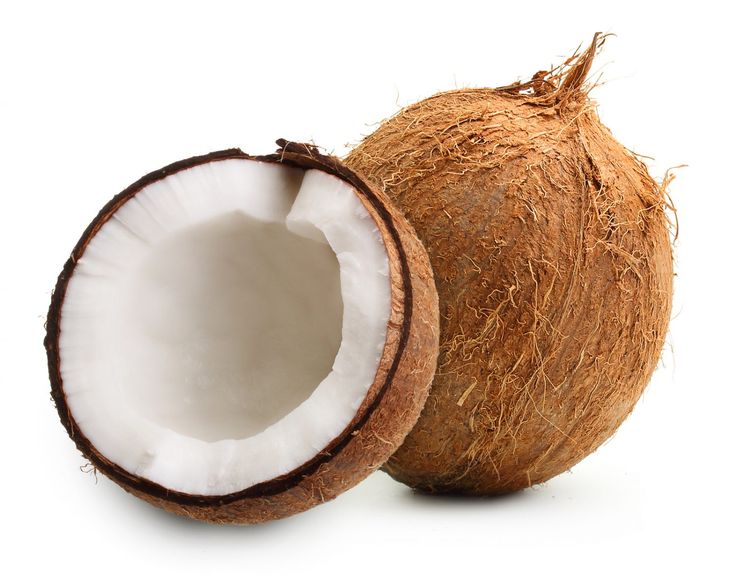
- Appearance: Coconuts from India are large, round fruits with a hard, brown outer shell and three distinct “eyes” at one end. Inside, they contain a layer of white, firm meat surrounding a cavity filled with coconut water. In addition to culinary uses, coconuts offer beauty benefits. Coconut oil is commonly used as a moisturizer for skin and hair, and coconut milk is used in DIY hair masks and skincare products for its hydrating properties.
- Taste: The flesh is sweet and slightly nutty, while the coconut water is refreshing and slightly sweet. The meat of an Indian coconut is rich, creamy, and slightly sweet, while the water inside is refreshing and mildly sweet. The taste of coconut products varies depending on how they are processed and used in cooking.
- Types: Green coconuts have immature flesh and abundant coconut water, while brown coconuts have mature, drier flesh.
- Uses: Coconuts have a wide range of culinary uses in Indian cuisine. Fresh coconut meat can be eaten raw, used in cooking and baking, or pressed to extract coconut milk. Coconut milk is a common ingredient in many Indian dishes, used in curries, soups, sauces, and desserts. Coconut oil is used for cooking, frying, baking, and as a moisturizer for skin and hair. Dried coconut flakes are used as a topping for baked goods, in trail mixes, and as an ingredient in granola and cereal bars.
- Benefits of Eating: Indian coconuts are highly nutritious and packed with health benefits. They are rich in healthy fats, particularly medium-chain triglycerides (MCTs), which are easily digested and can provide a quick source of energy. Coconuts also contain vitamins, minerals, and antioxidants that support overall health, including immune function, heart health, and digestion. Additionally, coconut products are often used in gluten-free, dairy-free, and vegan diets as alternatives to traditional ingredients.
